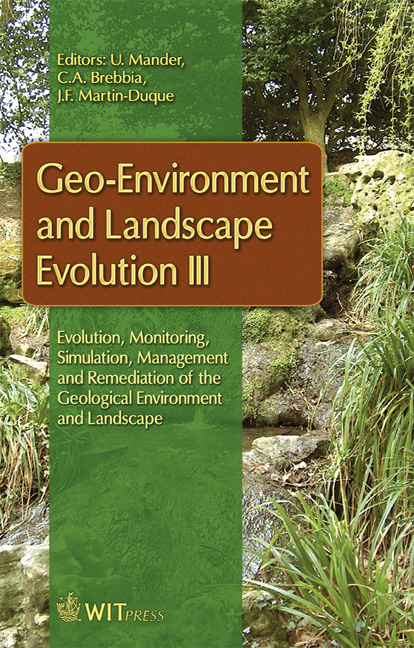A Comparison Of Pixel And Object-based Land Cover Classification: A Case Study Of The Asmara Region, Eritrea
Price
Free (open access)
Transaction
Volume
100
Pages
11
Page Range
233 - 243
Published
2008
Size
1795 kb
Paper DOI
10.2495/GEO080231
Copyright
WIT Press
Author(s)
Y. H. Araya & C. Hergarten
Abstract
In this paper we compare the performance of two image classification paradigms (object- and pixel-based) for creating a land cover map of Asmara, the capital of Eritrea and its surrounding areas using a Landsat ETM+ imagery acquired in January 2000. The image classification methods used were maximum likelihood for the pixel-based approach and Bhattacharyya distance for the object-oriented approach available in, respectively, ArcGIS and SPRING software packages. The advantages and limitations of both approaches are presented and discussed. The classification outputs were assessed using overall accuracy and Kappa indices. The pixel- and object-based classification methods result in an overall accuracy of 78% and 85%, respectively. The Kappa coefficient for pixel- and object-based approaches was 0.74 and 0.82, respectively. Although the pixelbased approach is the most commonly used method, assessment and visual interpretation of the results clearly reveal that the object-oriented approach has advantages for this specific case-study. Keywords: Landsat ETM+, land cover, segmentation, pixel- and object-based classification, accuracy, Kappa coefficient. 1 Introduction Multi-temporal mapping applying remote sensing and the Geographical Information System (GIS) are particularly useful for land use management and
Keywords
Landsat ETM+, land cover, segmentation, pixel- and object-basedclassification, accuracy, Kappa coefficient.





